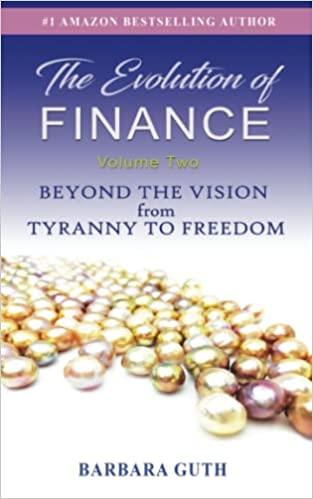Question
Table 1: Alternative Machine Investments Machine X Machine Y Original Purchase Price $10,000 $12,000 Projected Annual Costs $3,200 $3,500 Salvage Value $500 $750 Projected Economic
| Table 1: Alternative Machine Investments | ||
| Machine X | Machine Y | |
| Original Purchase Price | $10,000 | $12,000 |
| Projected Annual Costs | $3,200 | $3,500 |
| Salvage Value | $500 | $750 |
| Projected Economic Life | 4 years | 6 years |
1.What is the Total Net Return (Total Cost in this case) of Machine X over its lifetime (enter your answer as a negative number)?
2.What is the Total Net Return (Total Cost in this case) of Machine Y over its lifetime (enter your answer as a negative number)?
3.Which investment is preferred by Total Cost?
4.For all questions where it is needed, assume the investor uses a discount rate of 8%
What is the Net Present Value of Machine X if the investor uses a discount rate of 8% (enter your answer as a negative number)?
5.What is the Net Present Value of Machine Y (enter your answer as a negative number)?
6.Which investment is preferred by NPV?
7.One method of comparing investments with different economic lives is to find the lowest common denominator for the lives of the two investments, and to compute the NPV of each investment over that time frame. In this example, the economic lives of Machine X and Machine Y are 4 years and 6 years, respectively, so the lowest common denominator is 12 years
An alternative method for comparing investments with different economic lives is to compare the annuity values (or cost) of the alternative investments. In the Machine X/Machine Y example, this involves calculating the annuity (constant yearly cost) that equals the total NPV of each machine (over ONE economic life), and comparing the annuity costs to decide which machine has a lower cost.
What is the annualized cost of Machine X using the NPV you found in a previous question (enter your answer as a negative number)?
8.What is the annualized cost of Machine Y using the NPV you found in the previous question (enter your answer as a negative number)?
9.Which investment is preferred according to annualized cost?
10.Which method (total cost, NPV, annualized cost) gives the most instructive comparison of the two investments?
Step by Step Solution
There are 3 Steps involved in it
Step: 1

Get Instant Access to Expert-Tailored Solutions
See step-by-step solutions with expert insights and AI powered tools for academic success
Step: 2

Step: 3

Ace Your Homework with AI
Get the answers you need in no time with our AI-driven, step-by-step assistance
Get Started


